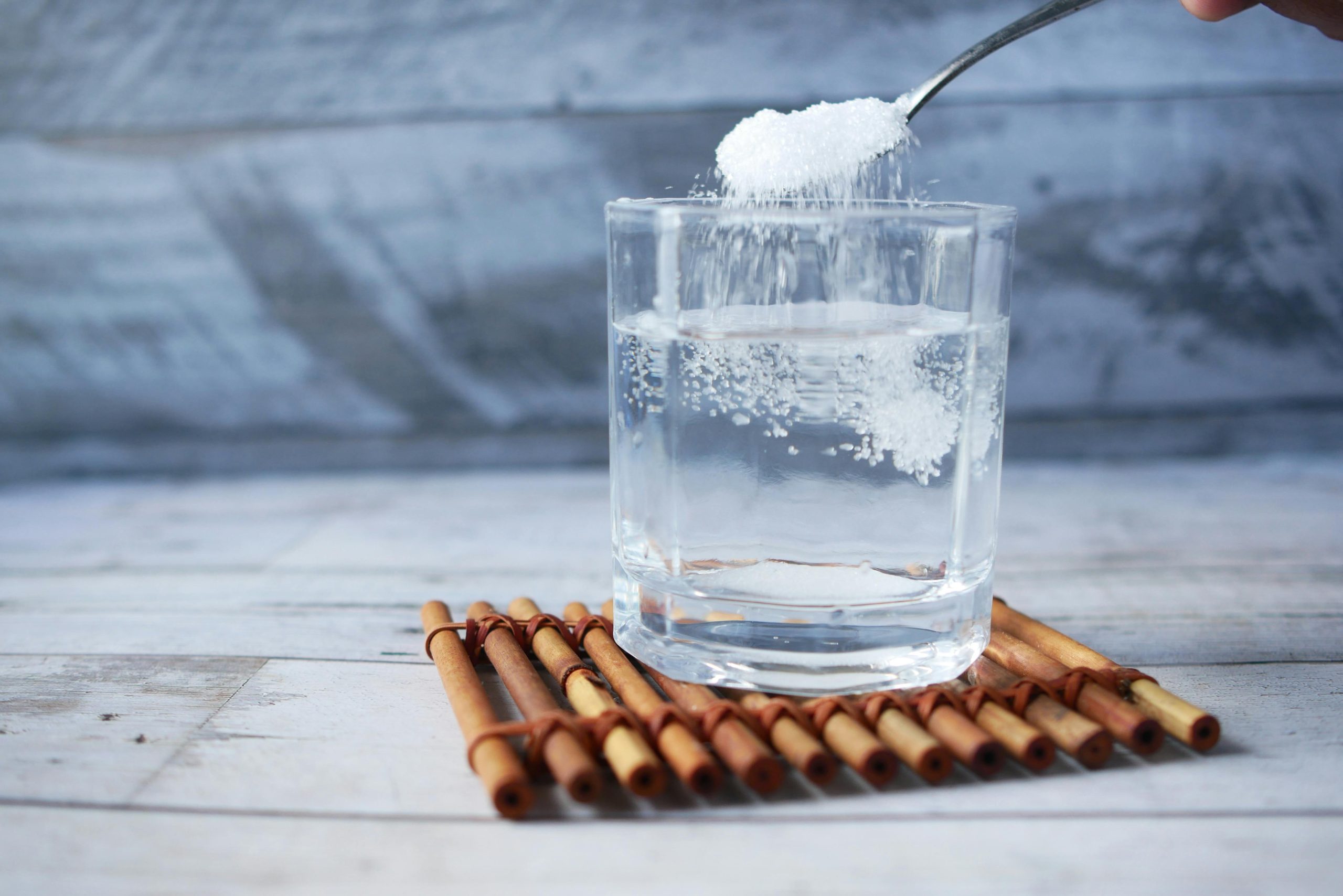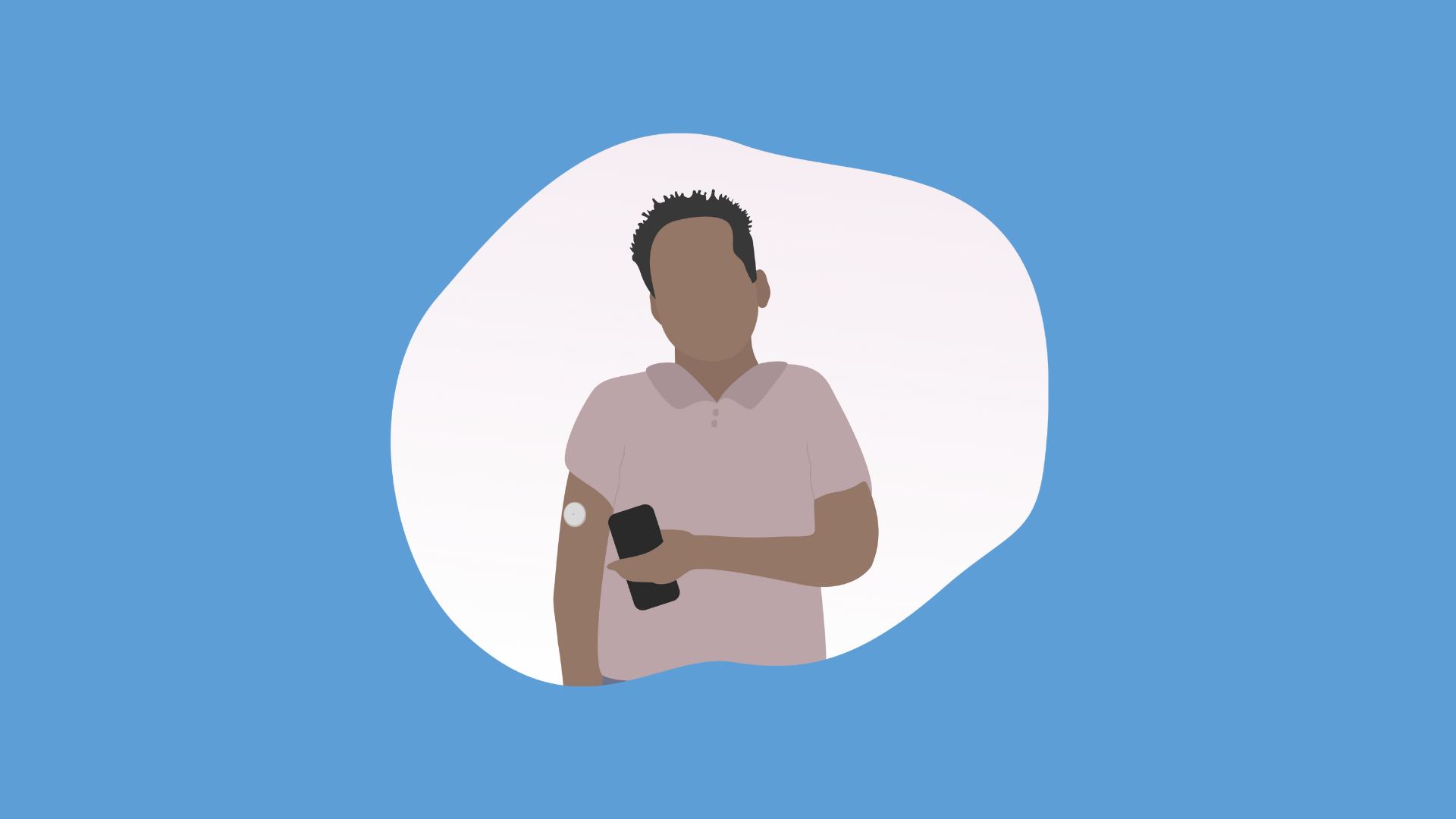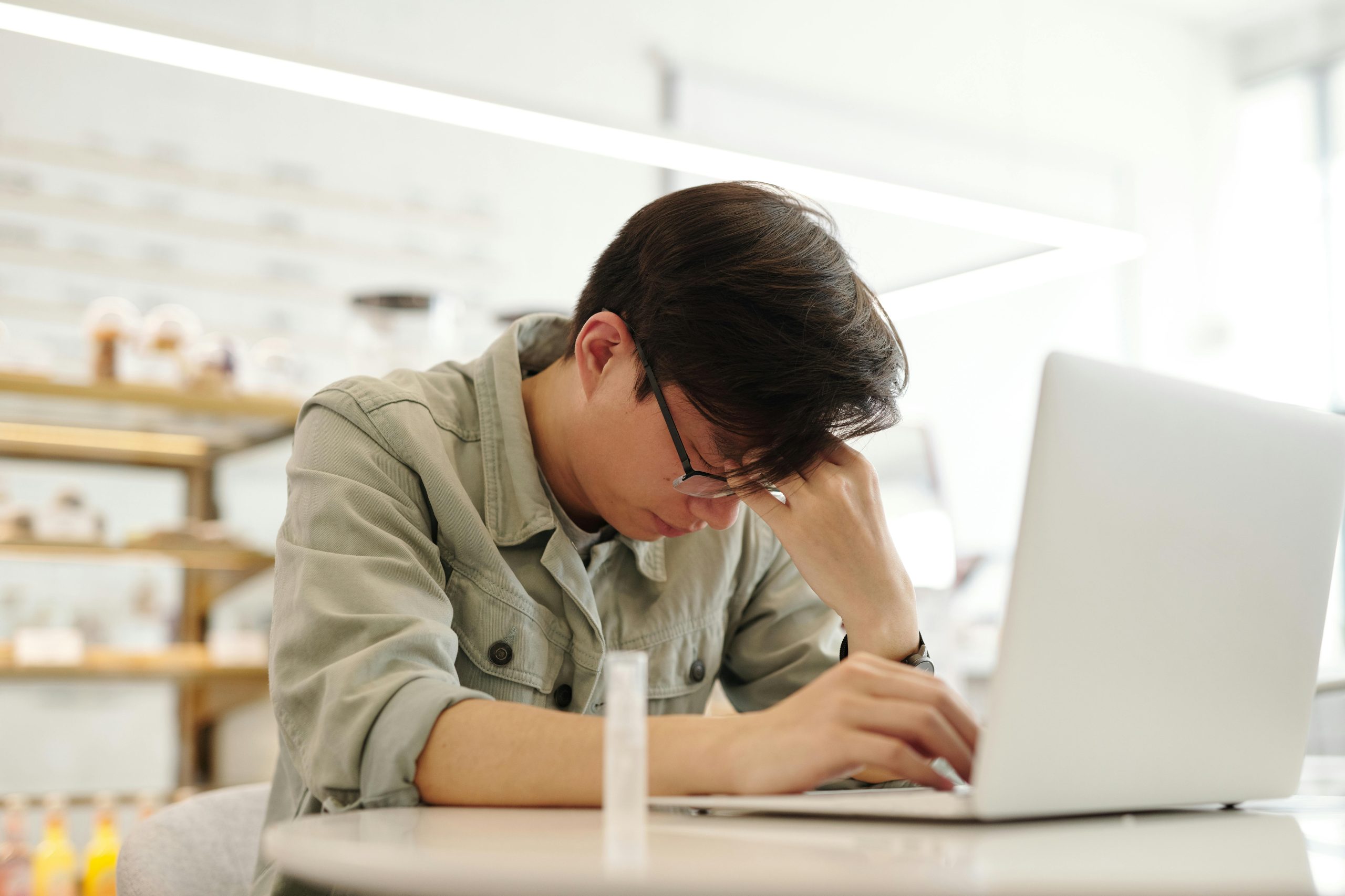Definition: Hypoglycemia (blood sugar levels below 4 mmol/L) is the most common acute complication of diabetes – it is also very easy to treat.
If it’s mild or moderate, treatments include: a) 15-20g of glucose tablets, or b) 3 hard candies or 6 Life Savers, or c) a half a glass of sweetened orange or apple juice, or d) 150mL of juice or regular soft drink, or e) 5 cubes of sugar, or f) one tablespoon/15mL of honey, or g) 3 teaspoons or 3 packets of sugar dissolved in water. In most people, this will raise the glucose by about 2 mmol/L and relieve symptoms within 20 minutes. It can be repeated in 15 minutes if the glucose is still less than 4 mmol/L.
Once the hypoglycemia is corrected, the usual meal or snack that is due at that time of the day should be taken to prevent repeated hypoglycemia. If a meal is more than 1 hour away, a snack (consisting of 15 g carbohydrate and a protein source) should be taken.
If it is severe, that is, if someone is very drowsy, having seizures, or unconscious, glucagon (given into the nose or by injection under the skin or into the muscle) can easily be given at home by someone who is taught how to do this. Call 911 if glucagon isn’t on hand, you don’t know how to use it, or the person isn’t responding after using glucagon.
Learn more about the different kinds of symptoms and how to prevent hypoglycemia. Access a downloadable PDF on hypoglycemia prevention and treatment.



